What is ADR transport
ADR transport refers to the transportation of hazardous materials by road according to international safety regulations. The ADR classifies these substances into nine classes, ranging from explosive materials to corrosive substances. It sets requirements for packaging, labeling and vehicle equipment. Companies involved in shipping, transporting or receiving such goods must comply with these regulations to ensure safety during transport.
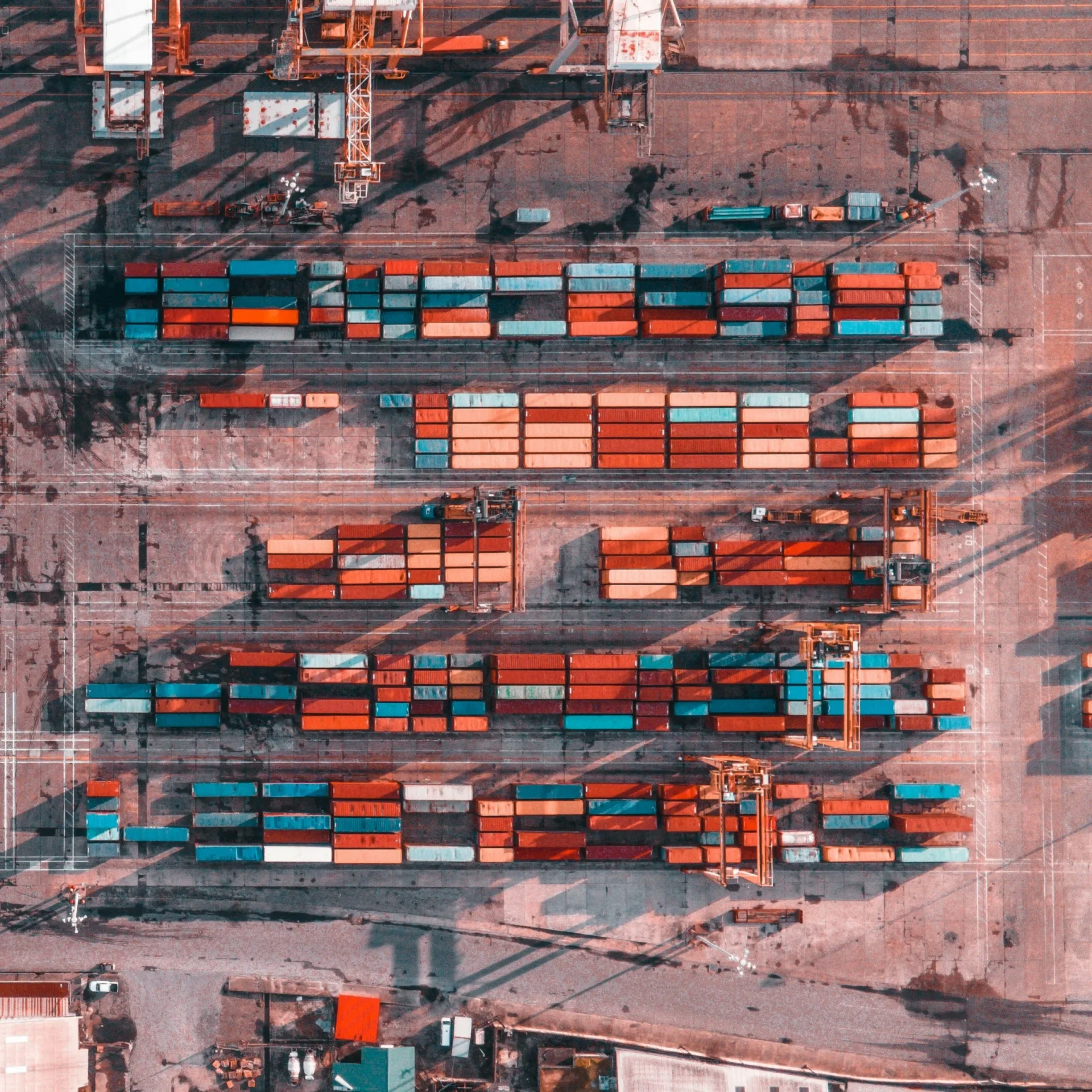
What is ADR?
The ADR Convention is an international agreement drawn up in 1957 under the auspices of the United Nations Economic Commission for Europe (UNECE). The treaty establishes uniform rules and regulations for the transportation of dangerous goods by road, which is important for safety in the transportation of potentially hazardous materials.
Key components of ADR
The ADR treaty consists of two main parts: the first focuses on the general conditions and regulations for the transportation of dangerous goods, while the second contains specific requirements that relate to the construction and equipment of vehicles used for such transportation. Some important aspects of the convention are:
- Classification of dangerous goods: ADR classifies dangerous goods into different classes depending on the danger they pose. These range from explosives and gases to radioactive substances and corrosive materials.
- Packaging regulations: ADR prescribes how dangerous goods must be packaged to prevent leaks or explosions. Packaging must withstand certain conditions, such as pressure and temperature variations.
- Labeling and marking: Every package containing dangerous goods should have clear labels indicating the type of hazard it contains. This helps to quickly identify and safely handle the goods in case of an accident.
Who should adhere to ADR?
ADR applies to all companies involved in the transport of dangerous goods by road within Europe, including:
- Carriers: Companies engaged in transporting dangerous goods must ensure that their vehicles meet ADR requirements and that their personnel are properly trained.
- Shippers: Companies shipping dangerous goods must ensure that the goods are correctly classified, packaged and labeled according to ADR regulations.
- Receivers: Companies receiving dangerous goods also have certain responsibilities under ADR, such as adhering to safety procedures when unloading the goods.
- Loading and unloading sites are required to comply with ADR regulations.
Challenges in implementing ADR
While ADR compliance offers many benefits, it also presents some challenges, such as:
- Regulatory Complexity: ADR regulations are extensive and complex, which can make it difficult for companies to fully understand what is expected of them.
- Cost: Retrofitting vehicles and training personnel to comply with ADR can require significant investment, especially for smaller companies.
- Regular updates: ADR regulations are updated regularly, which means that companies must constantly keep abreast of the latest changes and adjust their procedures accordingly.
What ADR classes are there?
A total of 9 ADR classes exist, with classes 2, 4, 5 and 6 further divided into several hazard classes.
Looking for support to make the right decision or want more information?
If so, please contact us. One of our specialists will be happy to help you further.
Class 1: Explosive substances and articles
This class includes substances and articles that are explosive, such as fireworks, ammunition, and certain types of chemicals. They are divided into six subclasses based on their explosive hazard:
- 1.1: Substances and articles with mass detonation
- 1.2: Substances and articles with a projection hazard, but without a massive explosion
- 1.3: Substances and articles with fire and low explosion hazard or projection hazard
- 1.4: Substances and articles not presenting a significant hazard
- 1.5: Highly insensitive substances with massive explosion
- 1.6: Highly insensitive objects without massive explosion
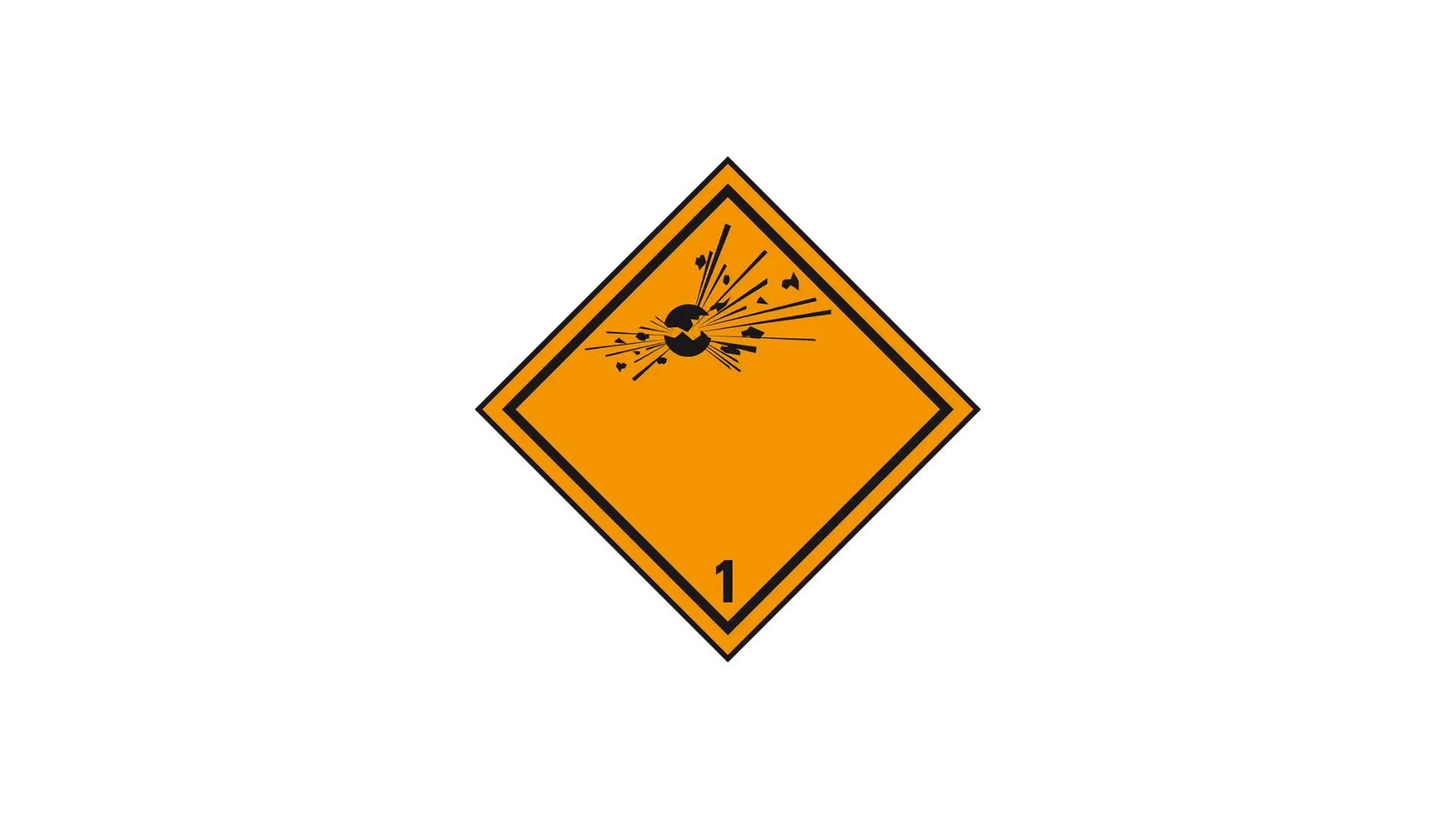
Class 2: Gases
This class includes gases that are pressurized, liquefied, or dissolved under pressure. These can be flammable, toxic, or corrosive. They are classified according to their properties:
- 2.1: Flammable gases (e.g., propane, butane)
- 2.2: Non-flammable, non-toxic gases (e.g., nitrogen, carbon dioxide)
- 2.3: Toxic gases (e.g., chlorine, ammonia)
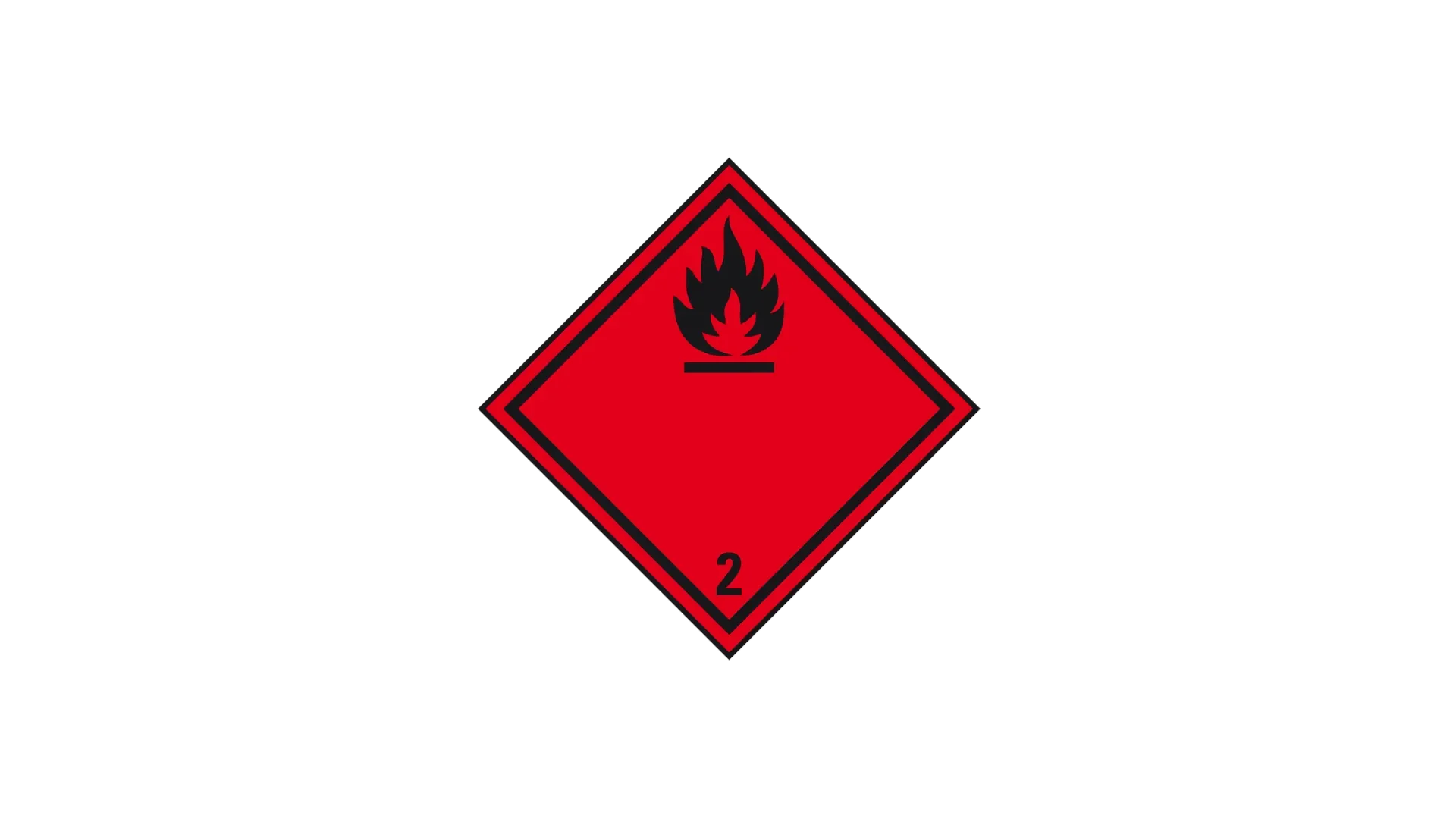
Class 3: Flammable liquids
These are liquids that can easily ignite when exposed to an ignition source. Examples include gasoline, alcohol, and acetone. Flammability is determined by the liquid's flash point, which is usually below 60°C.

Class 4: Flammable solids, self-igniting substances, and substances which develop flammable gases in contact with water
This class is divided into three subclasses:
- 4.1: Flammable solids (e.g., phosphorus, sulfur)
- 4.2: Substances that may ignite spontaneously (e.g., phosphorus, sodium)
- 4.3: Substances that develop flammable gases on contact with water (e.g., calcium carbide)

Class 5: Oxidizing substances and organic peroxides
These substances can cause or intensify fires when in contact with other materials:
- 5.1: Oxidizing substances (e.g., potassium chlorate, ammonium nitrate)
- 5.2: Organic peroxides (e.g., methyl ethyl ketone peroxide)
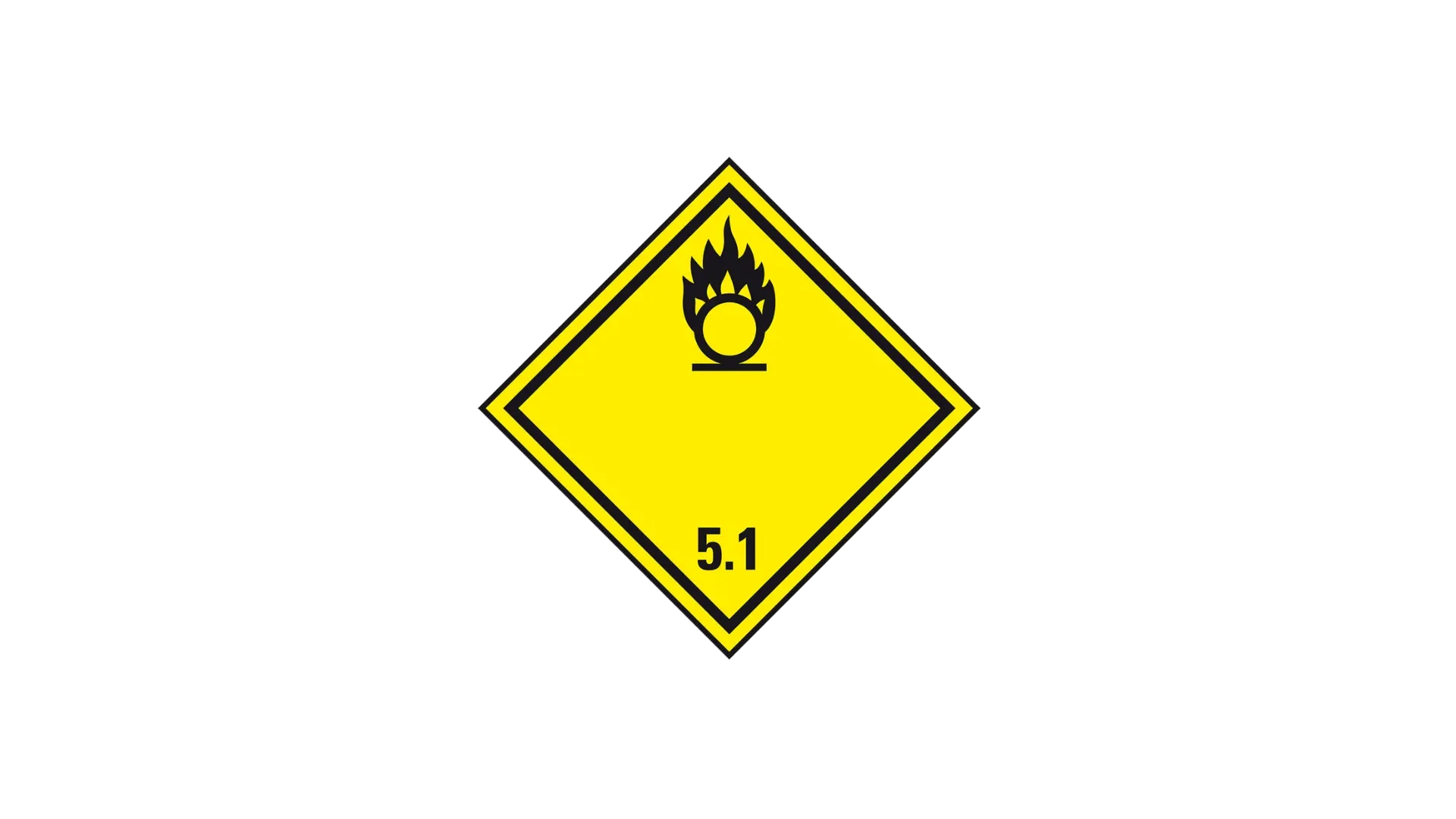
Class 6: Toxic substances and infectious substances
These substances are harmful or deadly when inhaled, swallowed or in contact with the skin:
- 6.1: Toxic substances (e.g., cyanide, pesticides)
- 6.2: Infectious agents (e.g., viruses, bacteria that can cause disease)
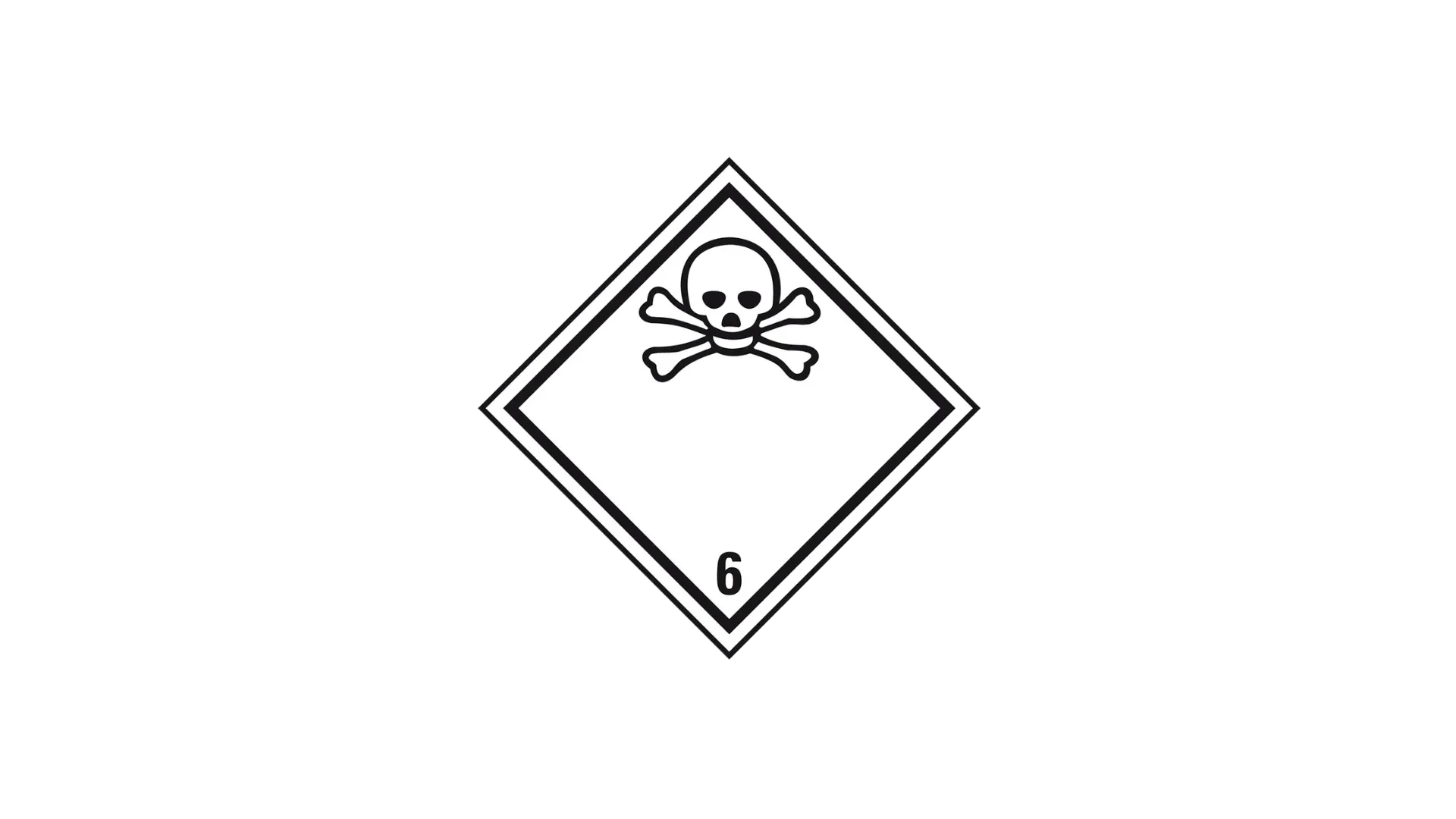
Class 7: Radioactive materials
This class includes materials that emit ionizing radiation, such as uranium, plutonium, and medical isotopes. This radiation can be harmful to health and the environment.
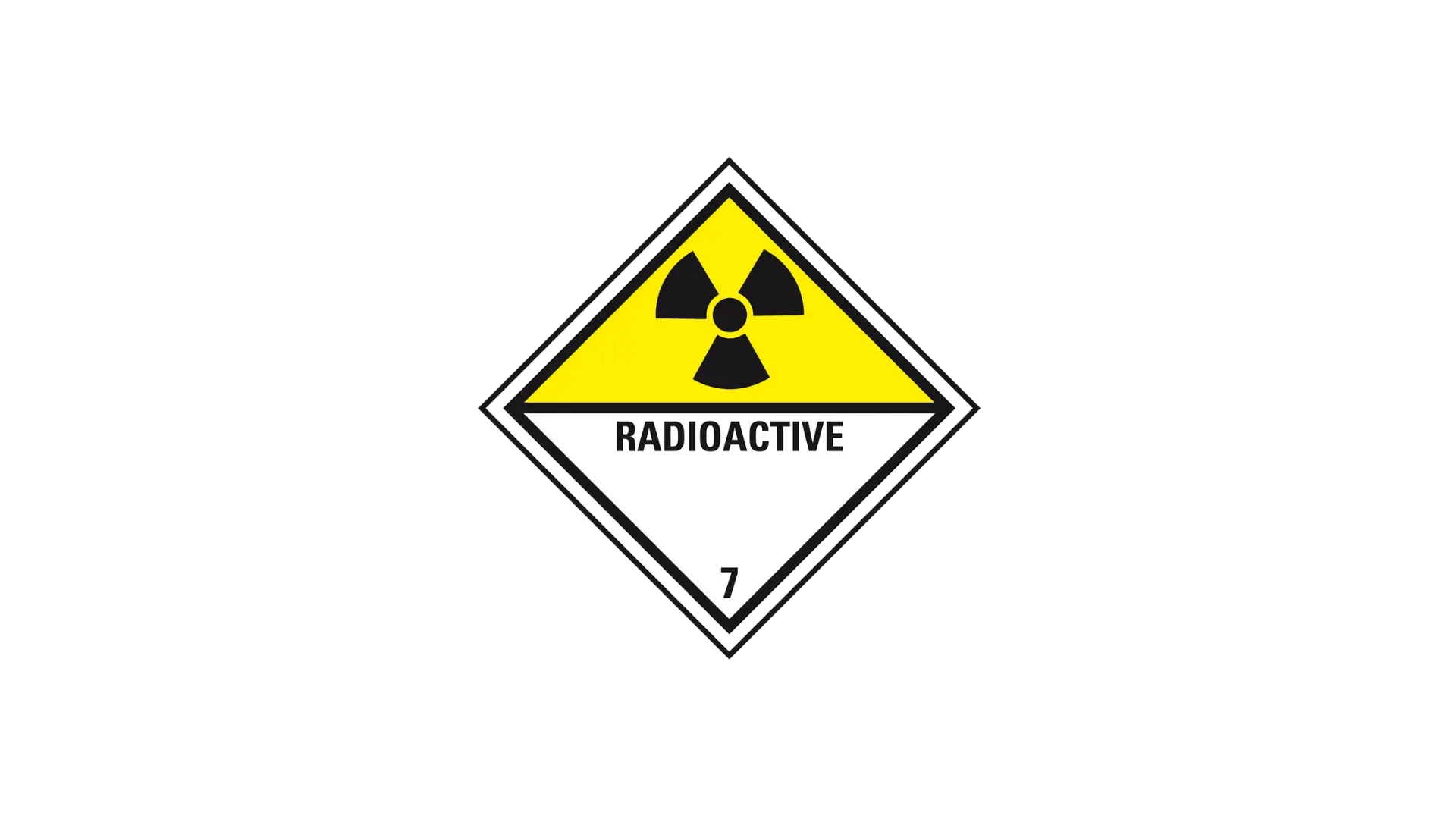
Class 8: Corrosive substances
Corrosive substances can cause serious damage to living tissues and other materials on contact. Examples include sulfuric acid, hydrochloric acid, and caustic soda.
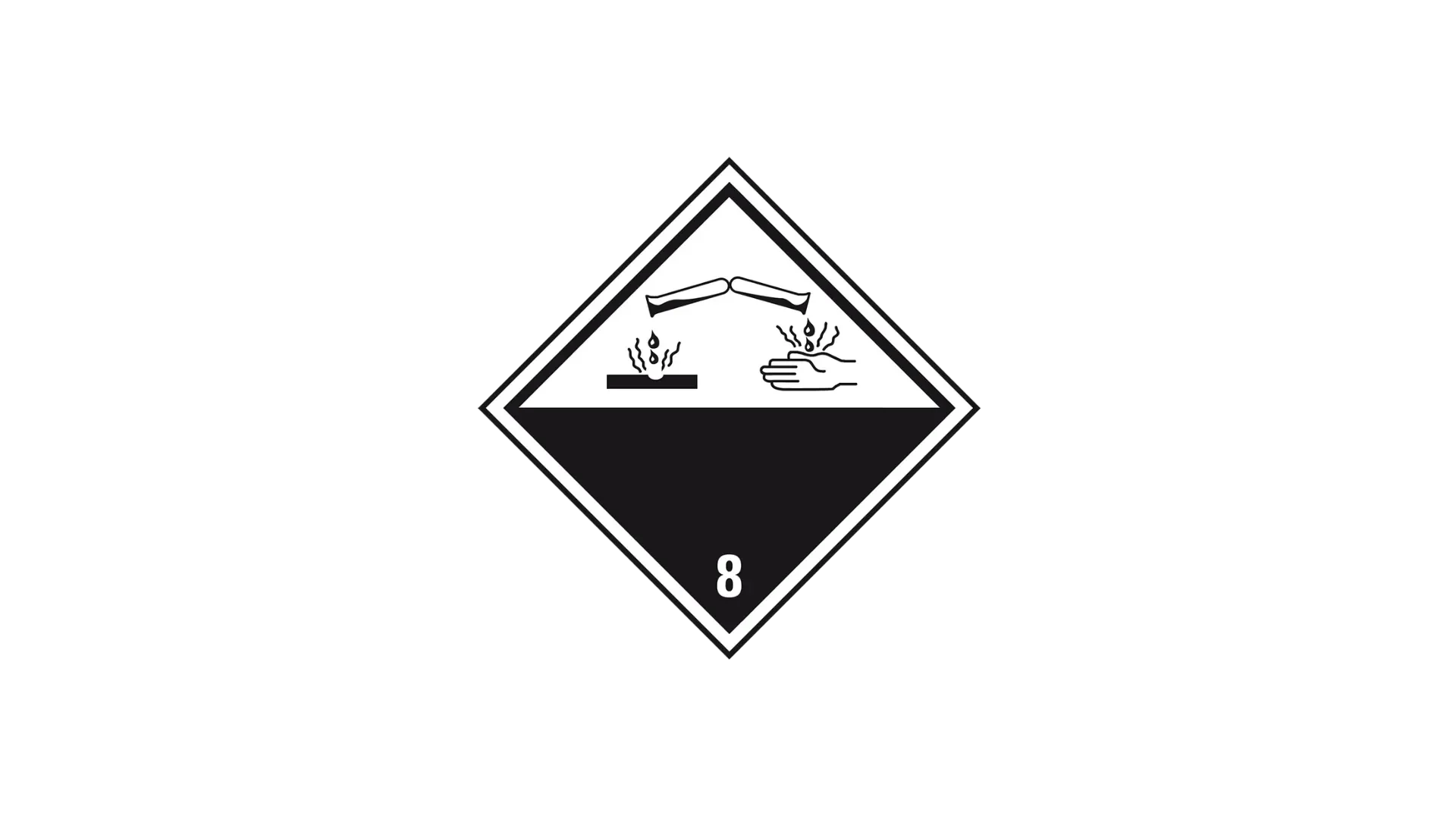
Class 9: Miscellaneous hazardous substances and articles
This is a collection class for substances and articles that do not fit into the other classes, but are still considered hazardous during transport. Examples include lithium batteries, environmentally hazardous substances and genetically modified organisms (GMOs).

(Source for images: RIVM)
Frequently asked questions about ADR transport
How often is ADR updated?
ADR is updated every two years, with the last revision taking effect on 1 yea
Does ADR apply to national transports?
Although ADR was originally intended for international transport, many countries have also applied the rules at the national level.
What are the consequences of non-compliance with ADR?
Non-compliance with ADR regulations can result in heavy fines, accident liability and reputational damage to the company.
Other knowledge base articles

December 17, 2025
Export document
An export document is the official export declaration that allows you to legally export goods from the EU. You need it as soon as EU goods leave the ...

December 17, 2025
EAD document
The EAD document is the Export Accompanying Document that accompanies your goods when they are exported from the EU. After submission ...
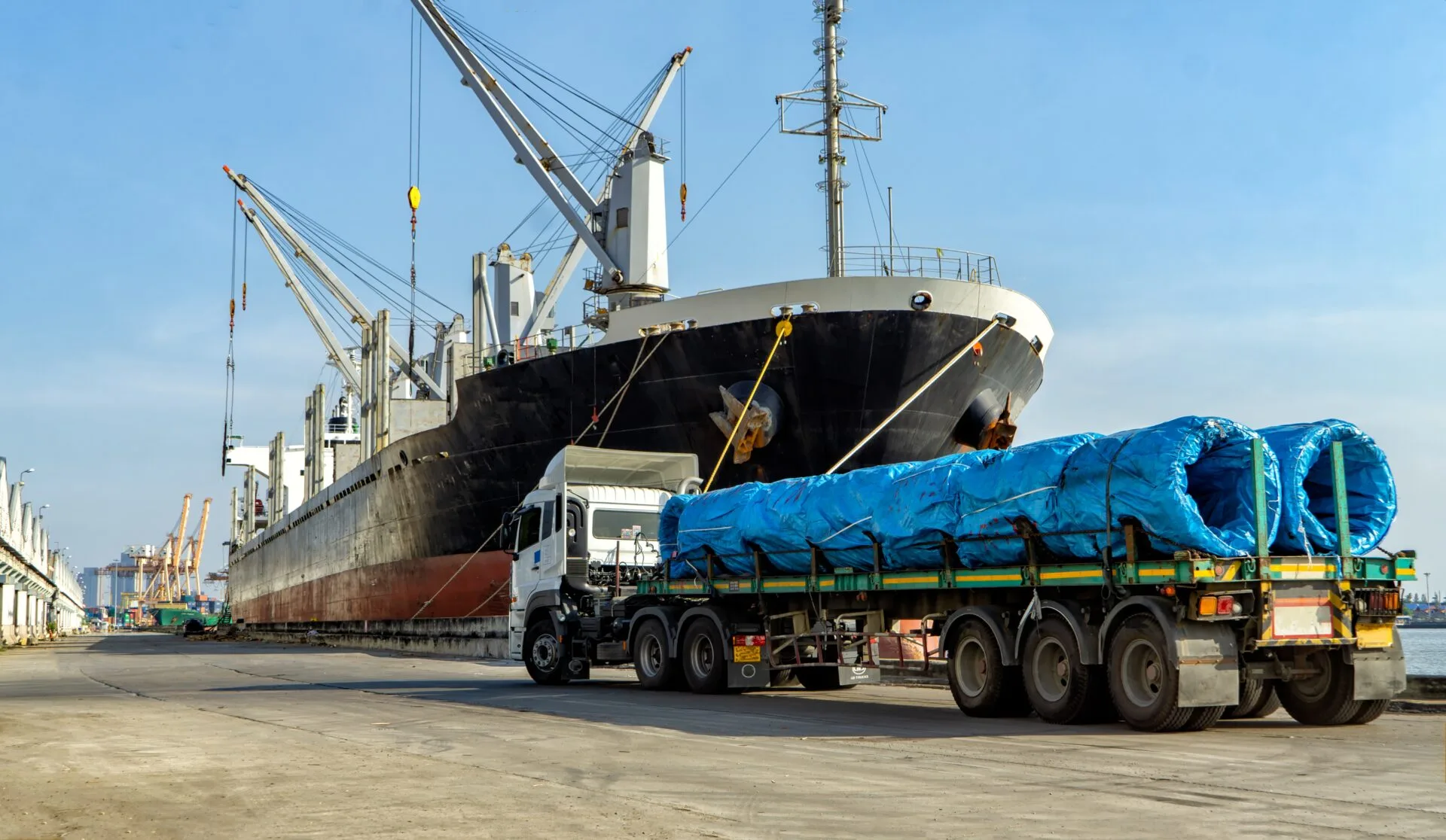
December 1, 2025
Customs clearance
Customs clearance in the Netherlands means that you officially bring goods into free circulation in the EU. You need to submit a ...